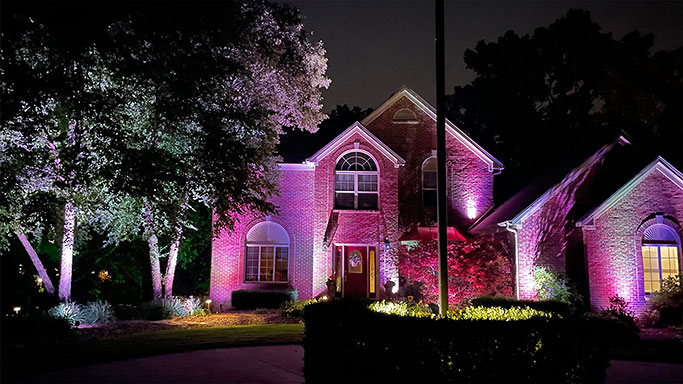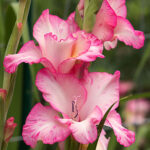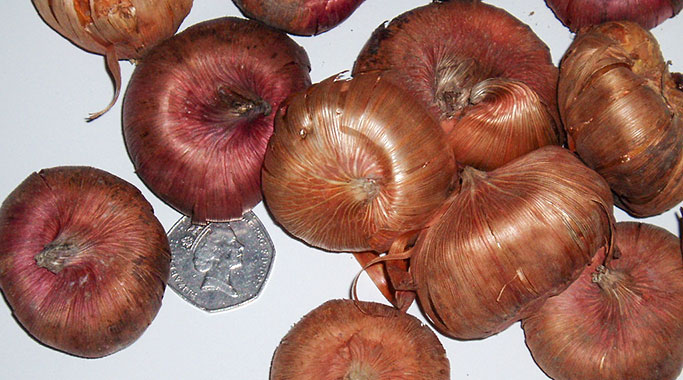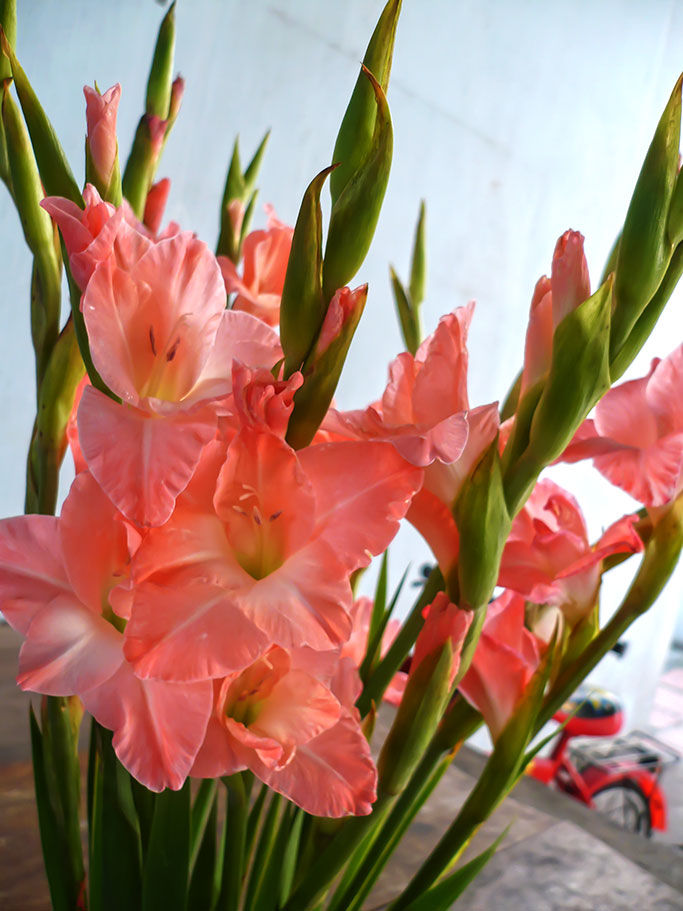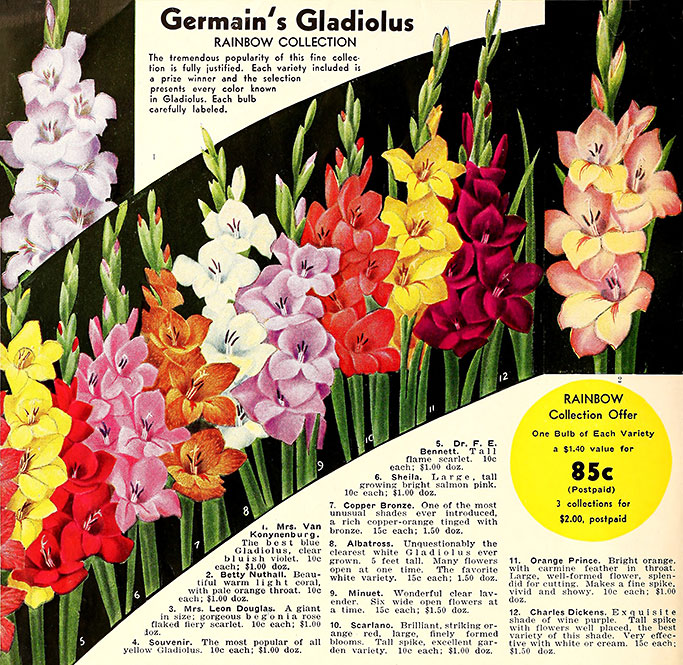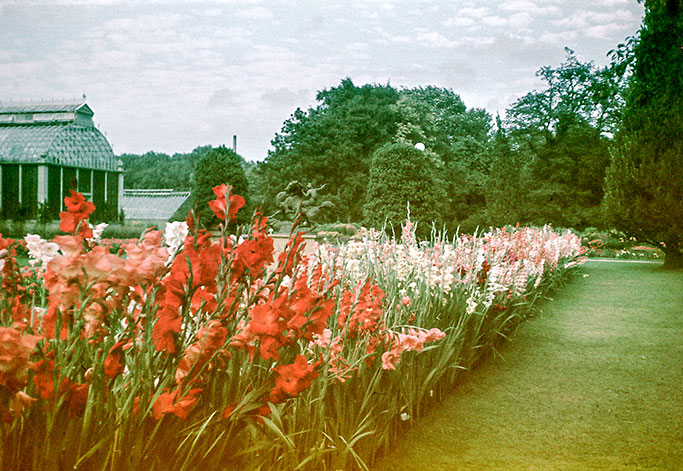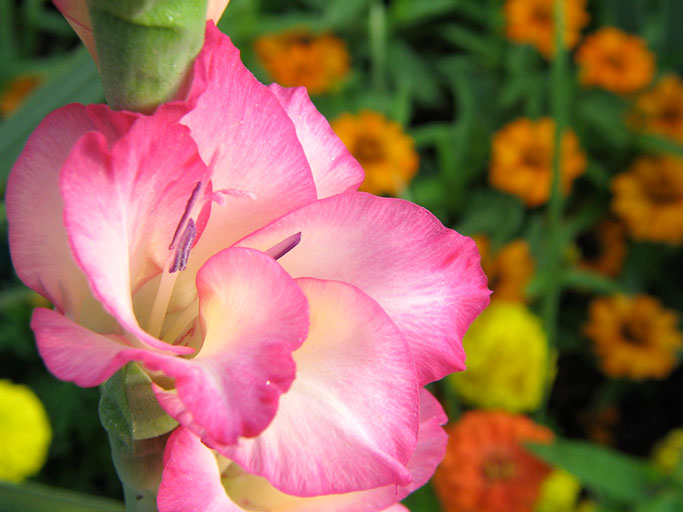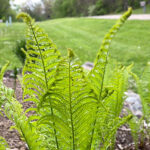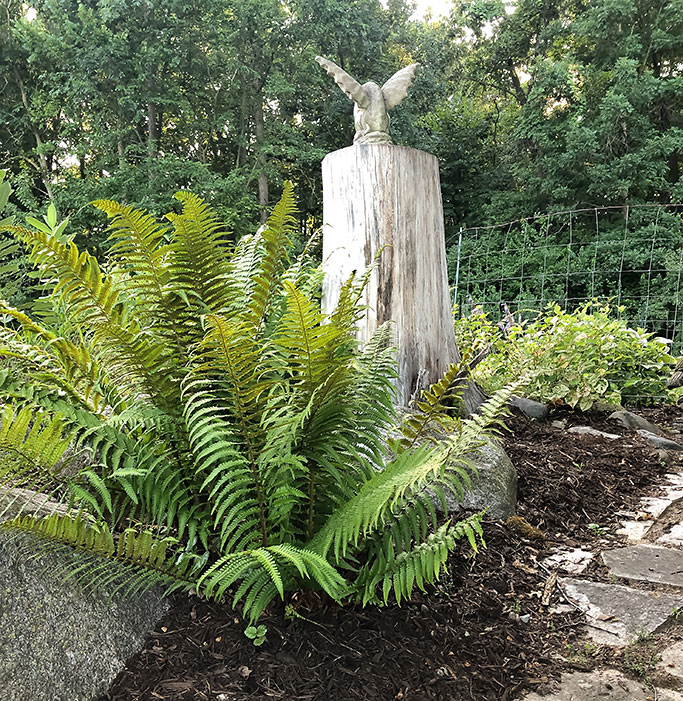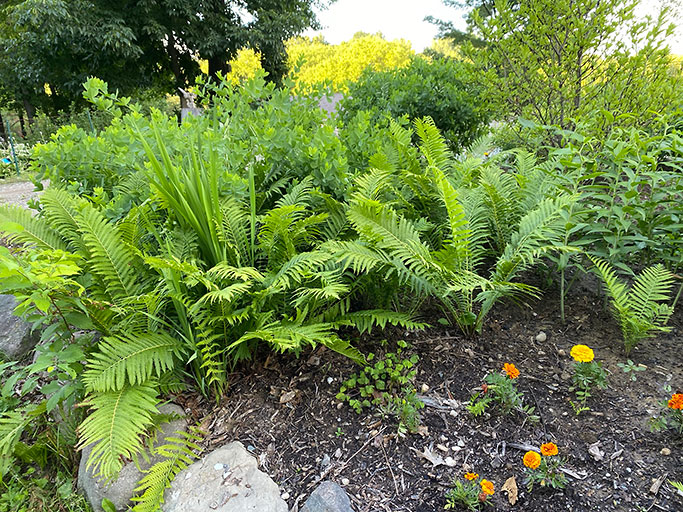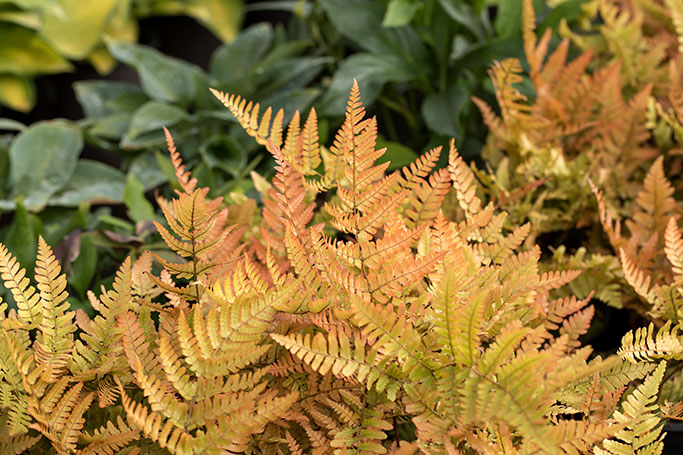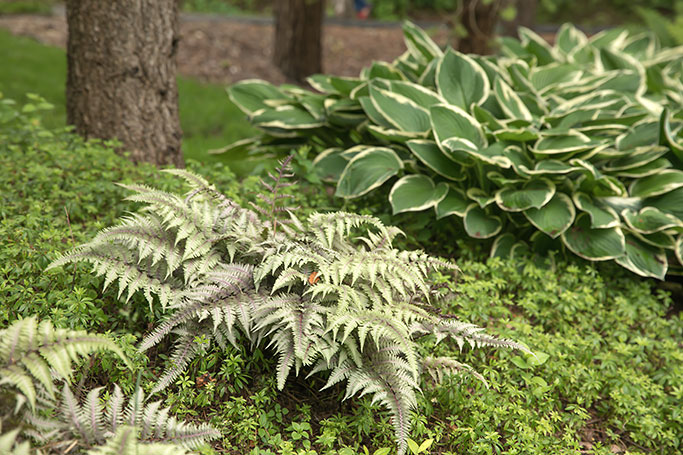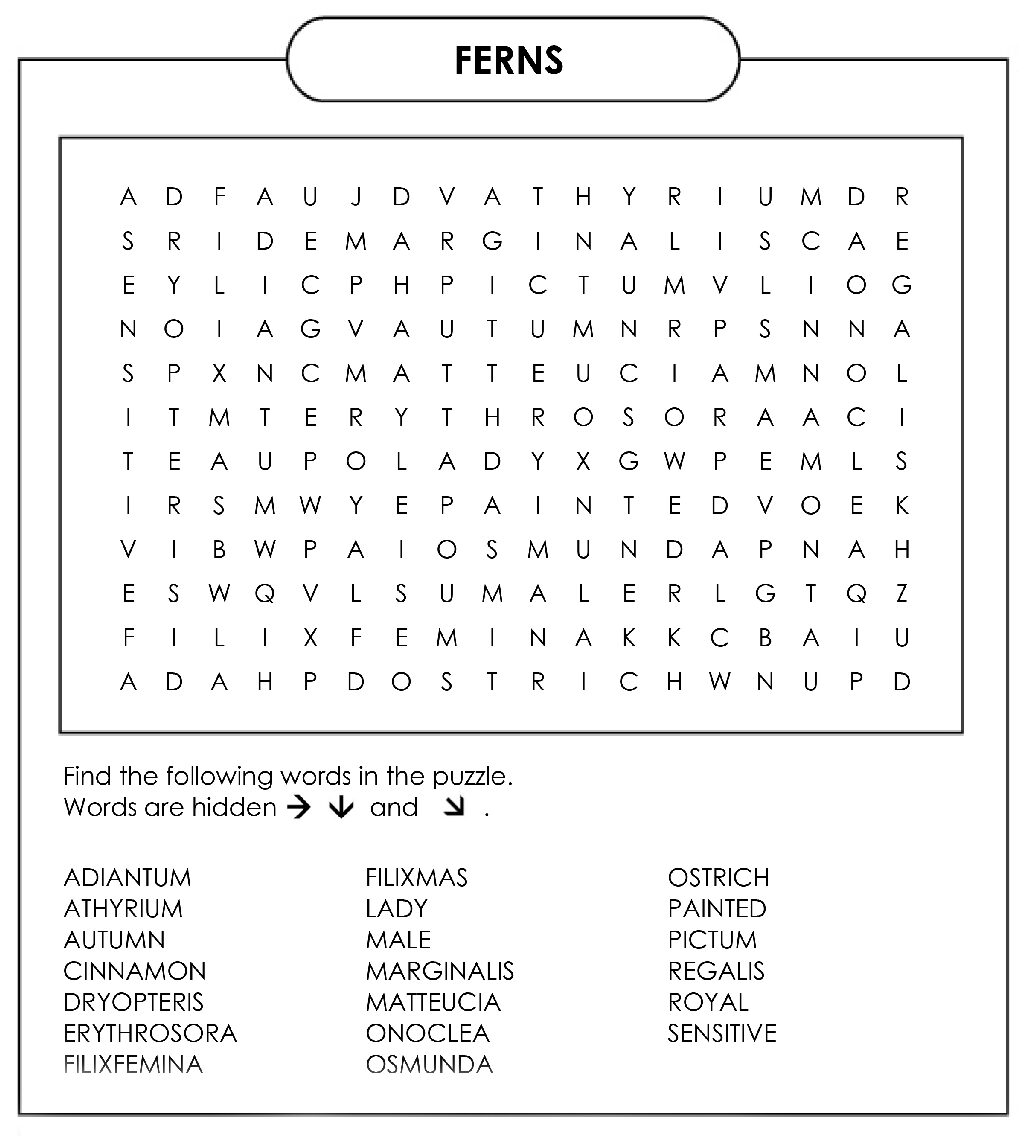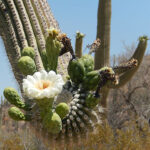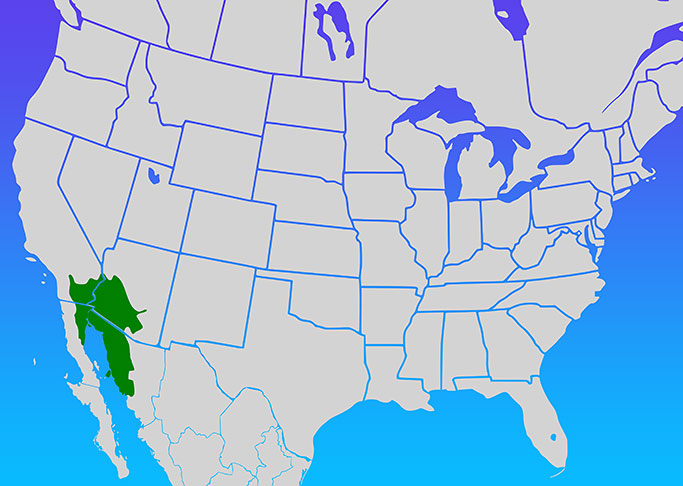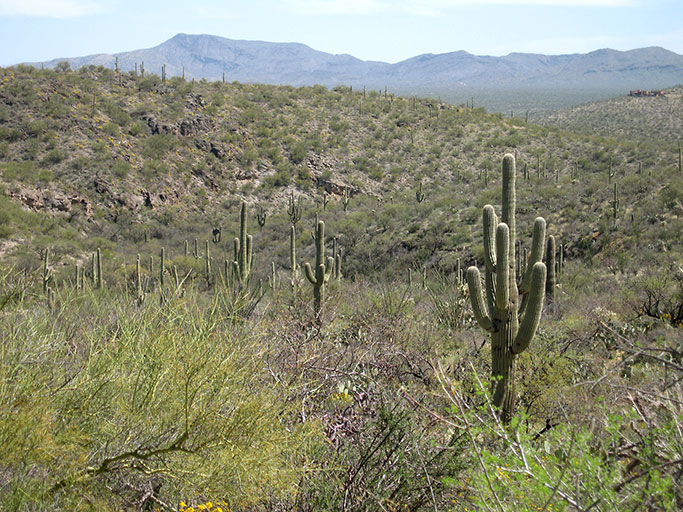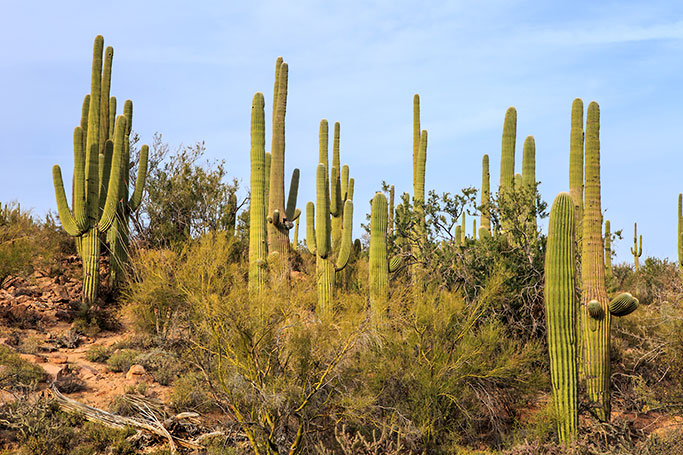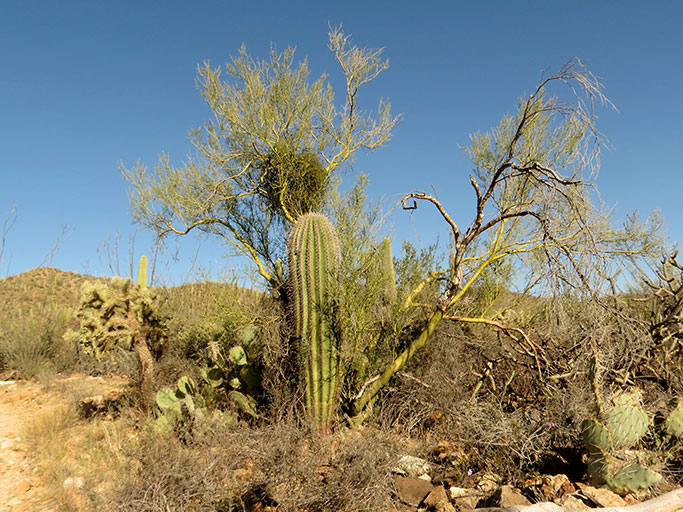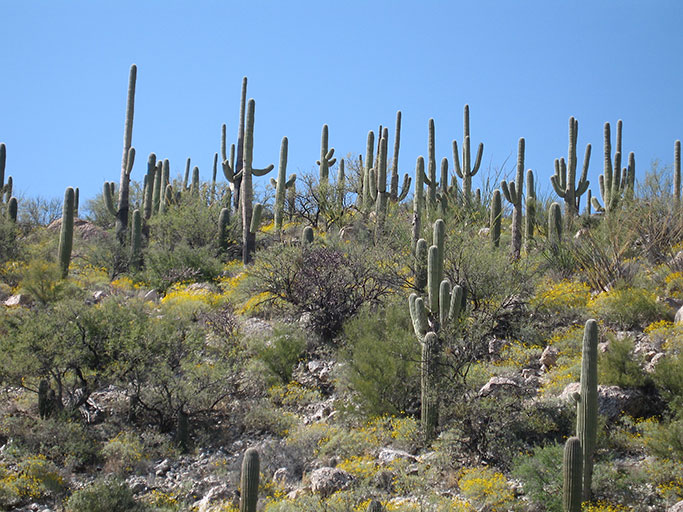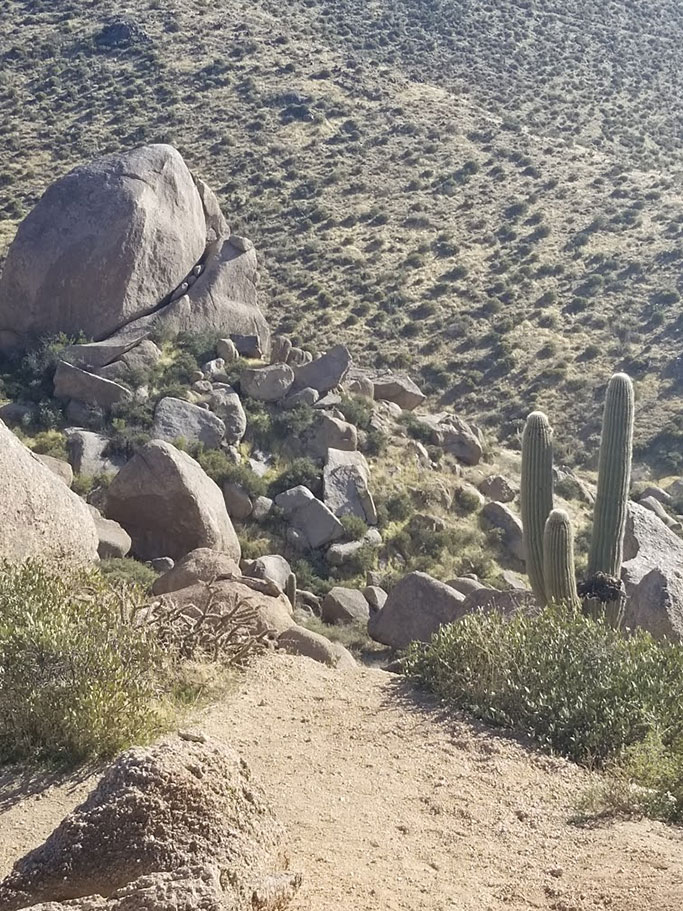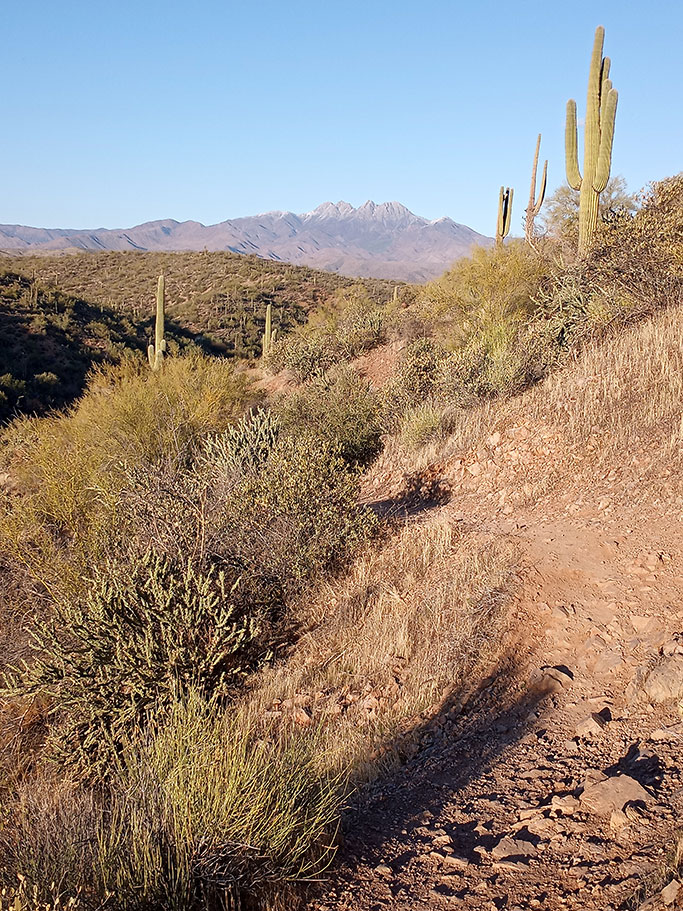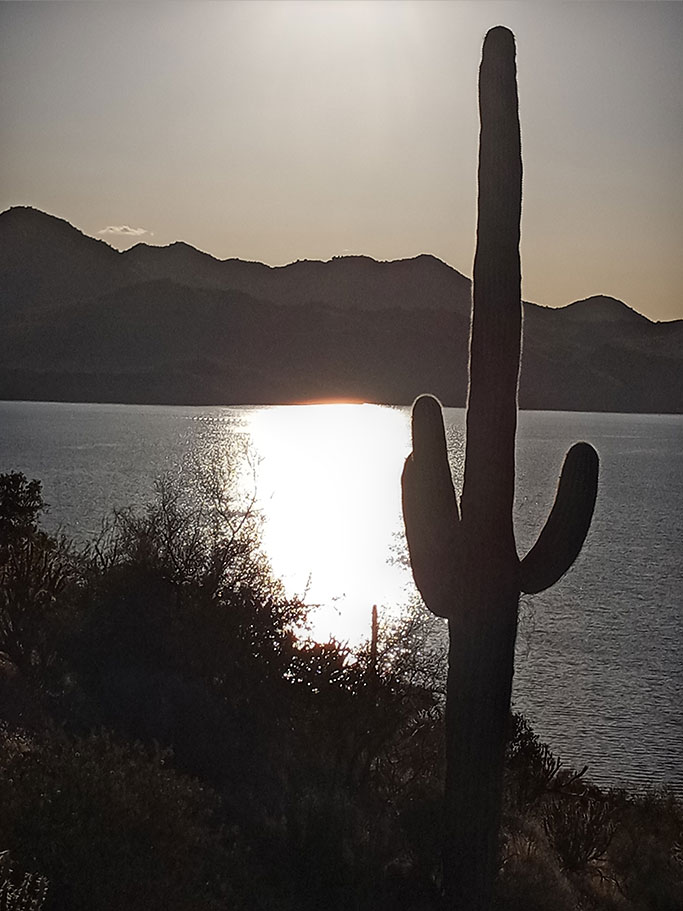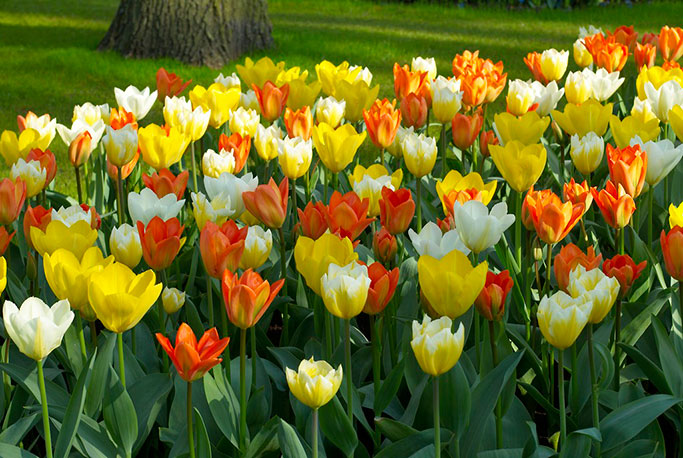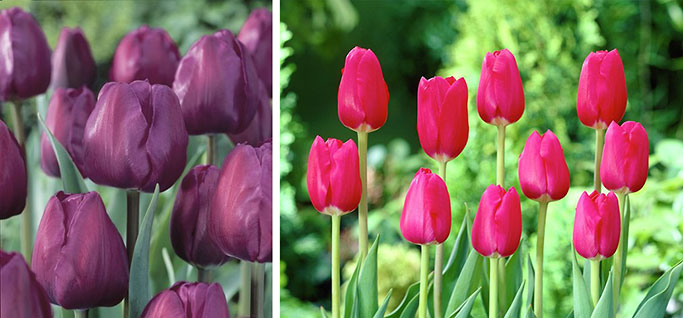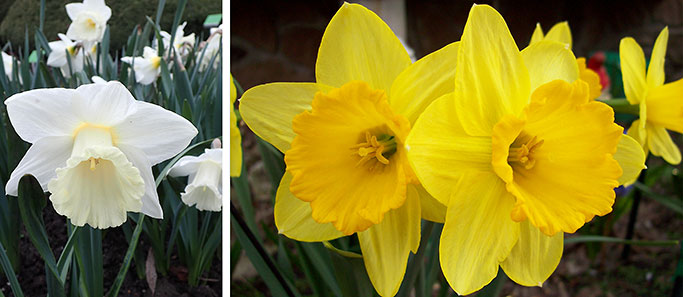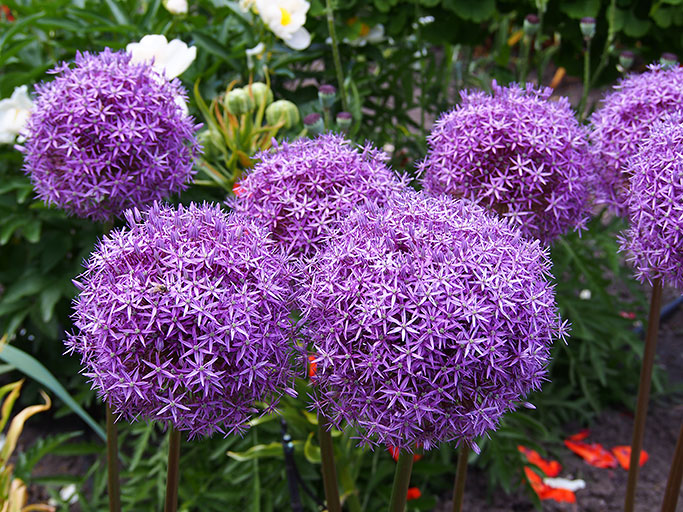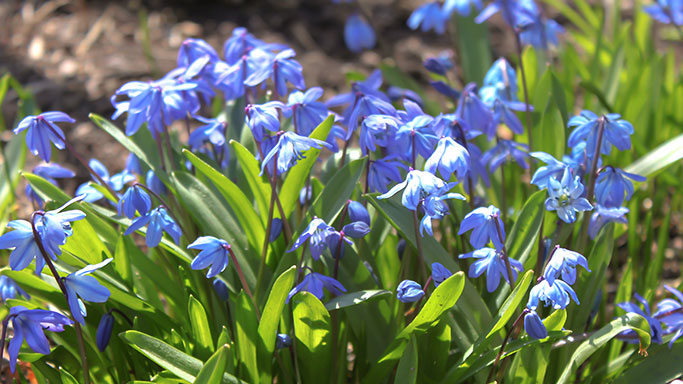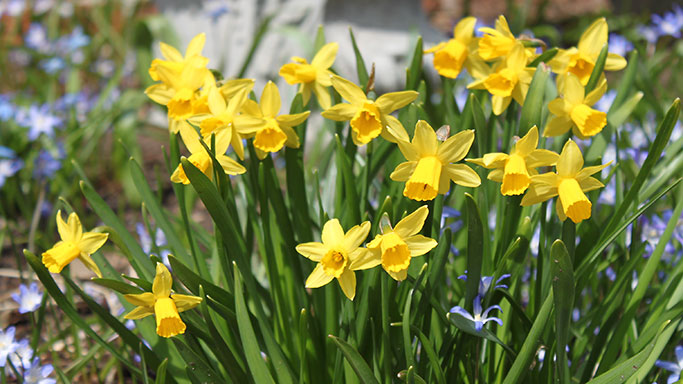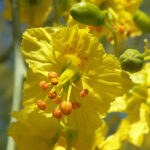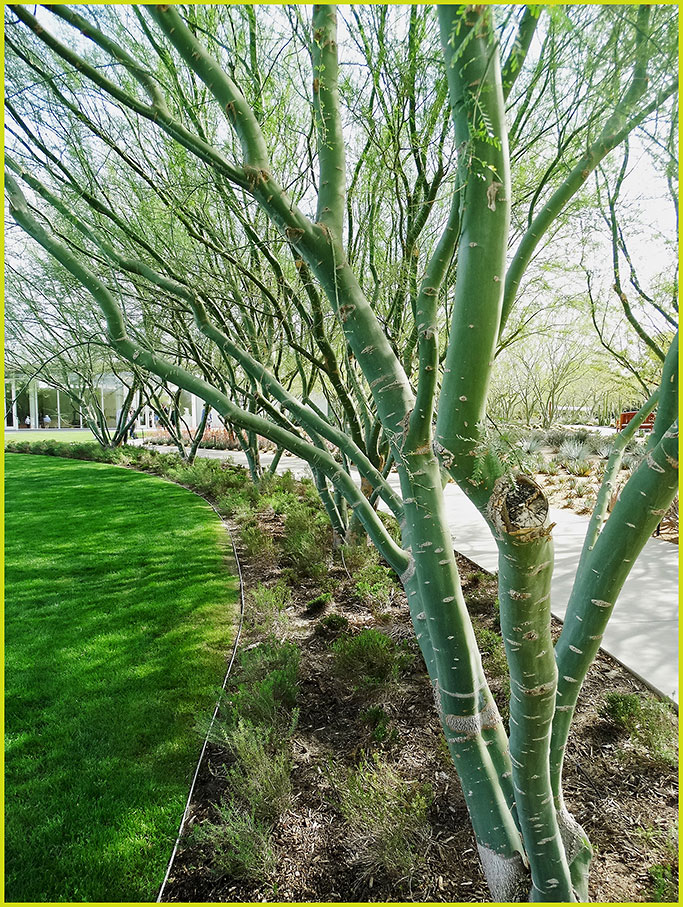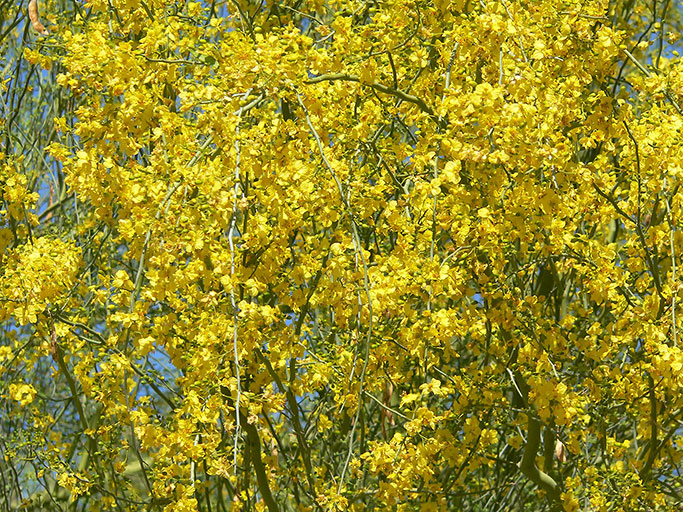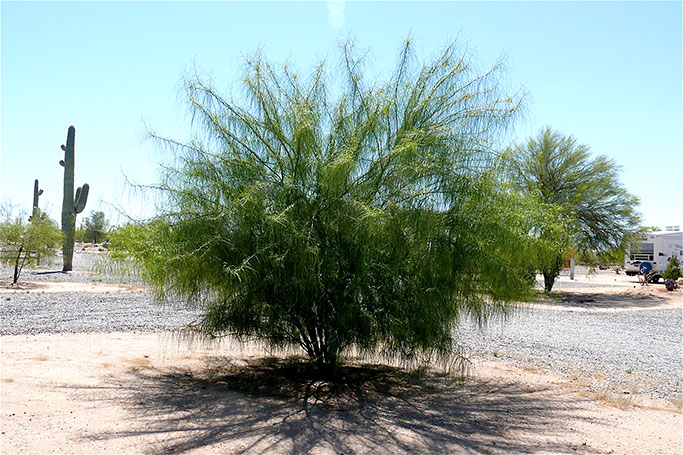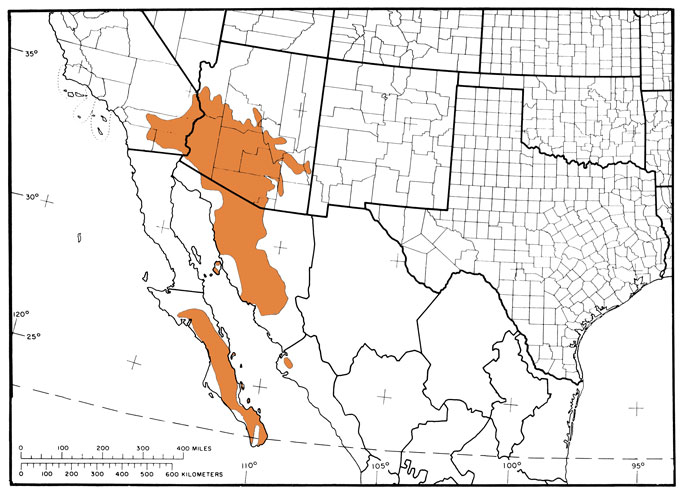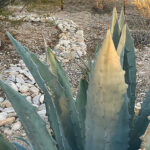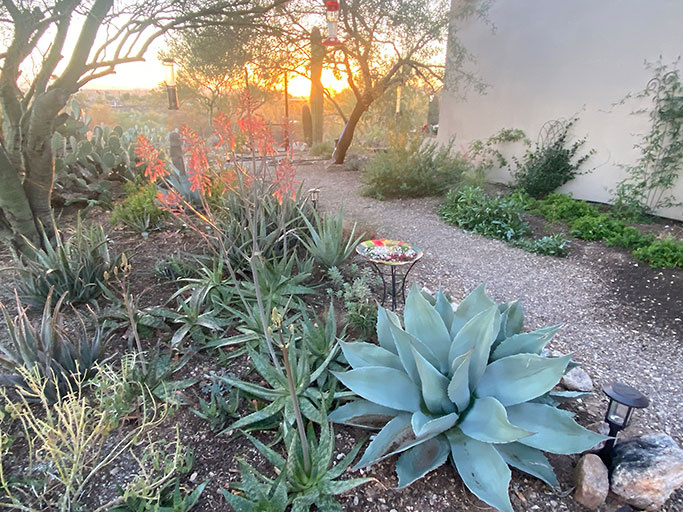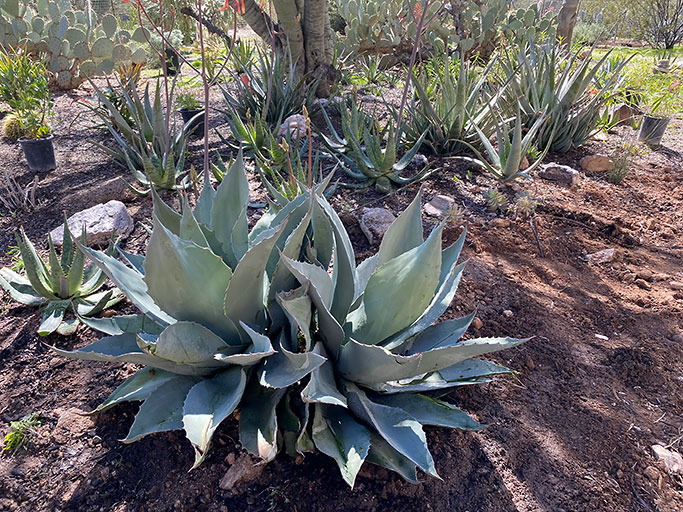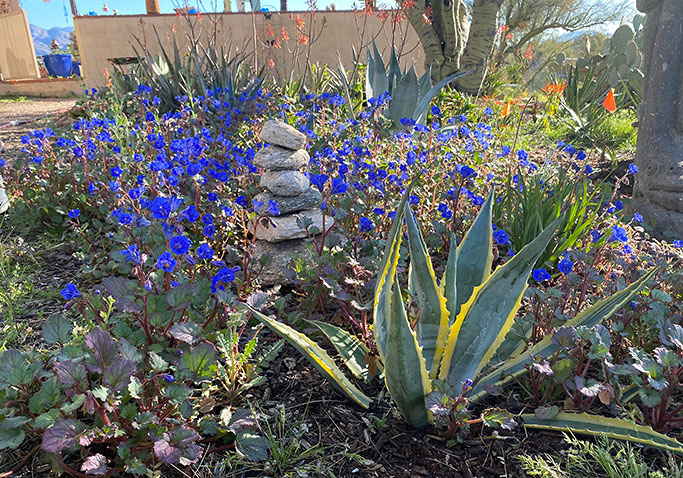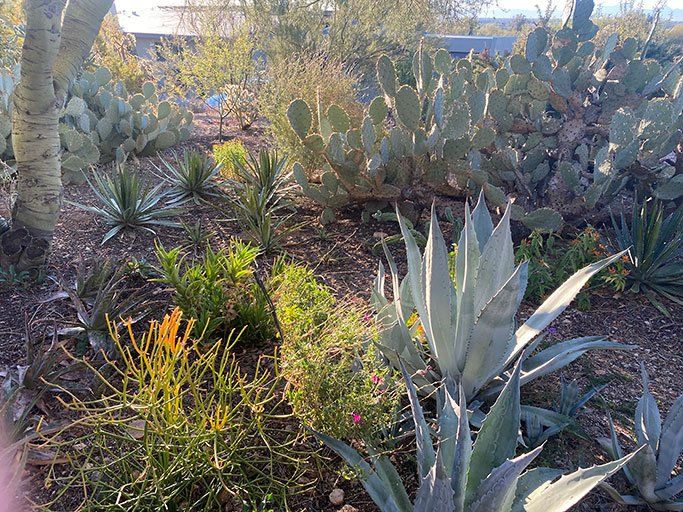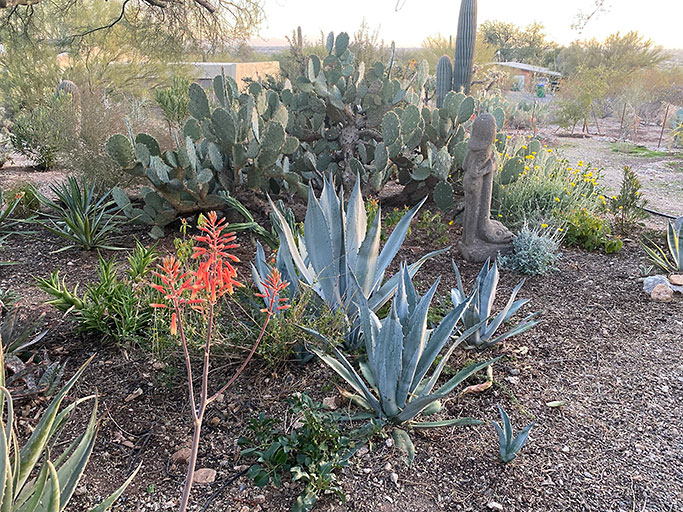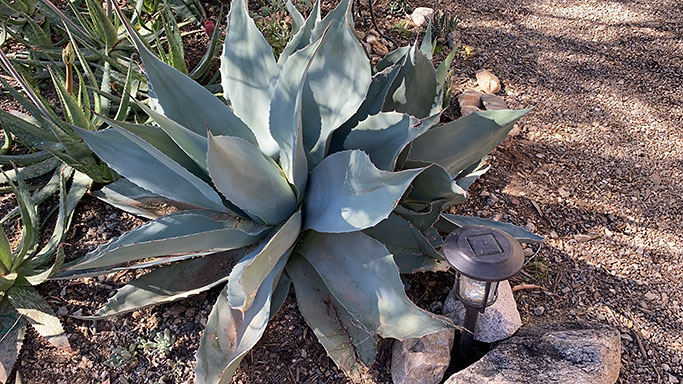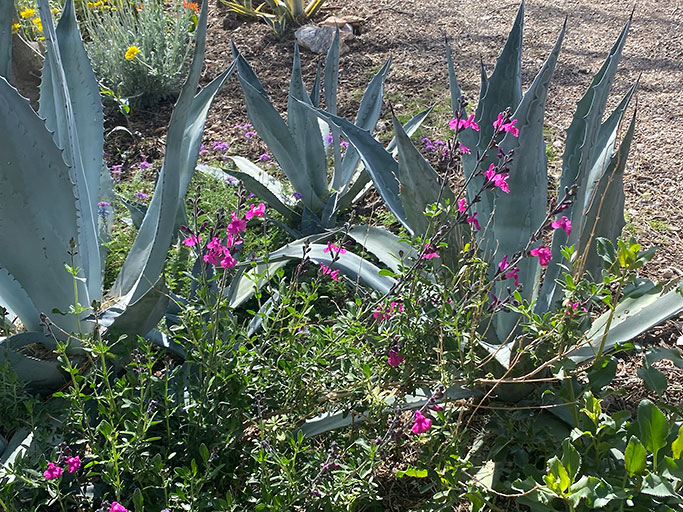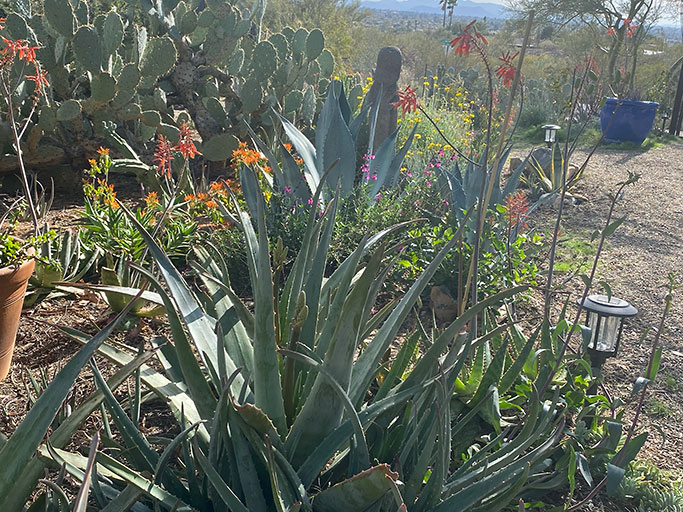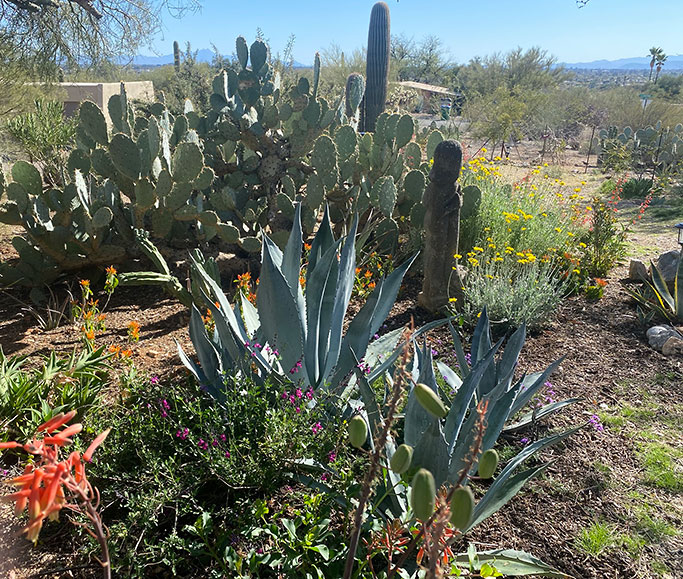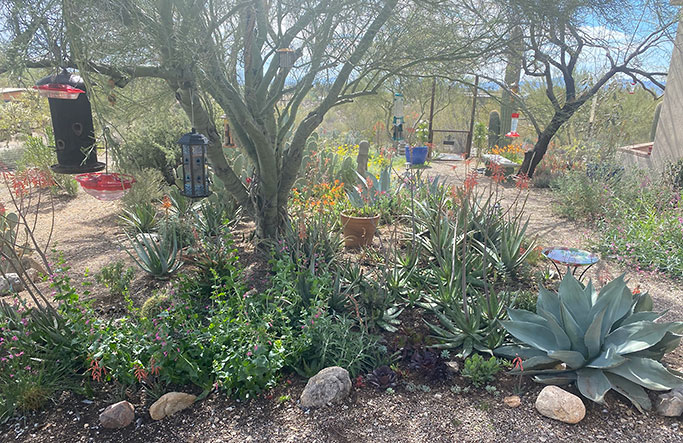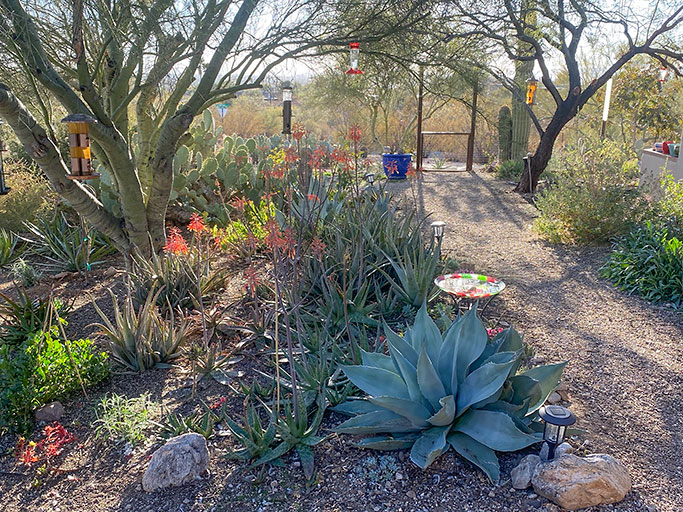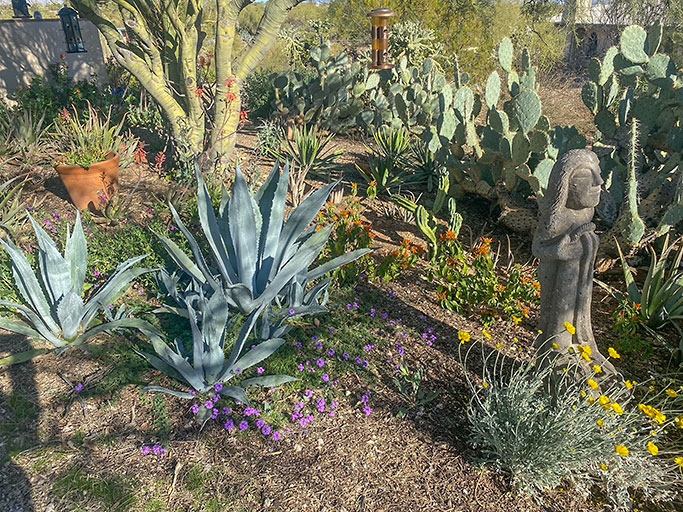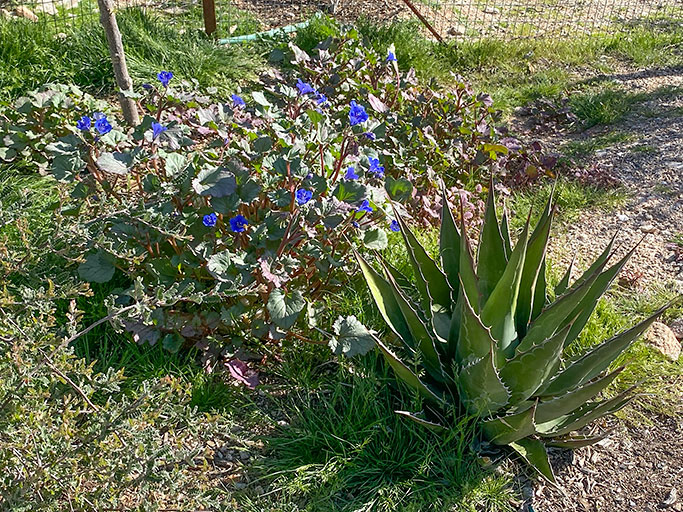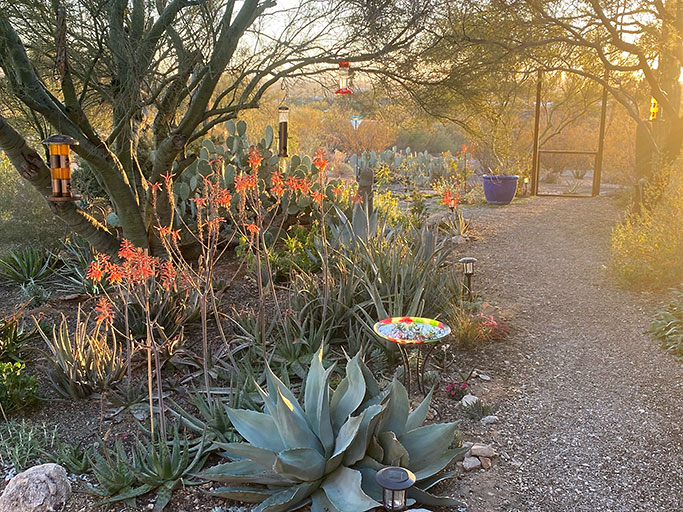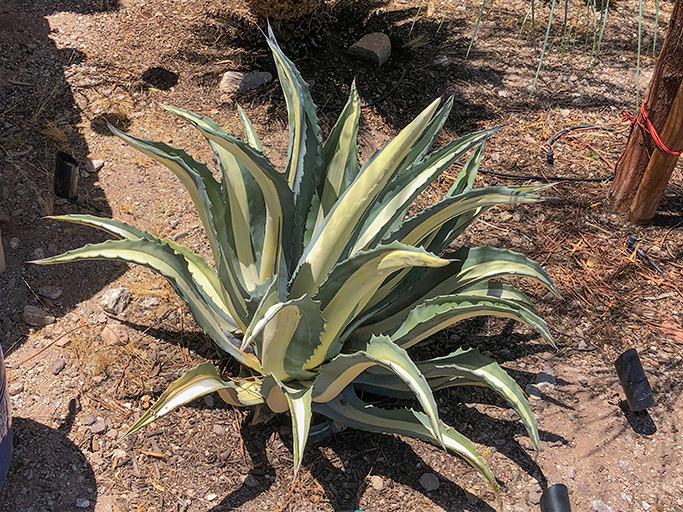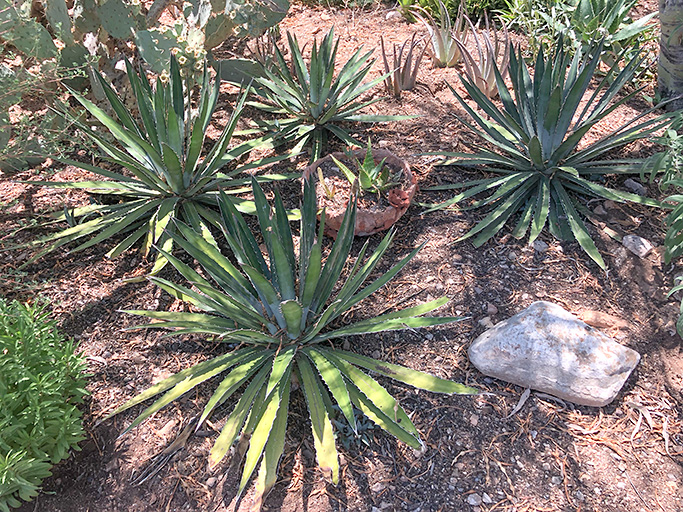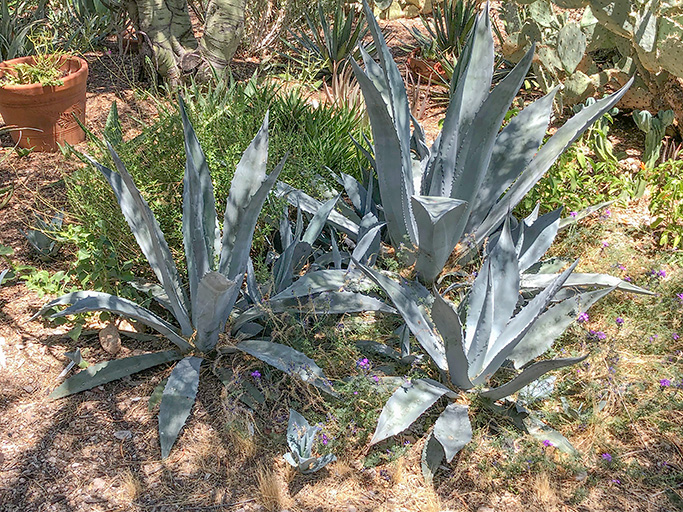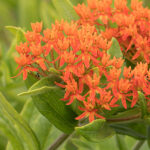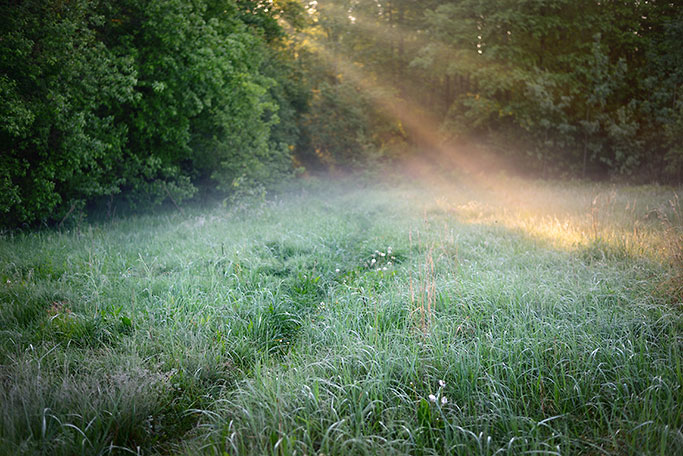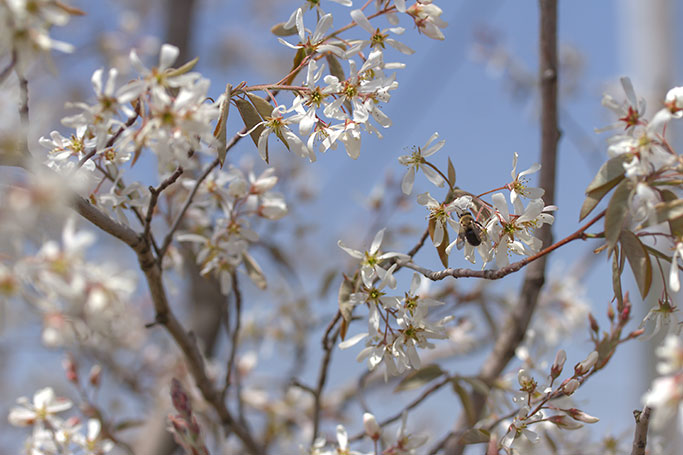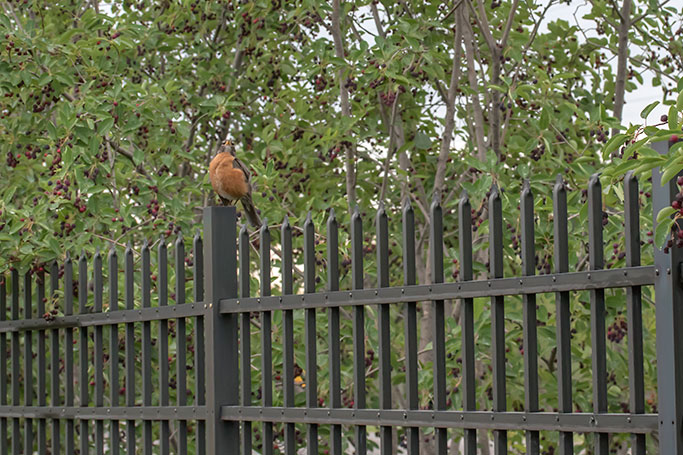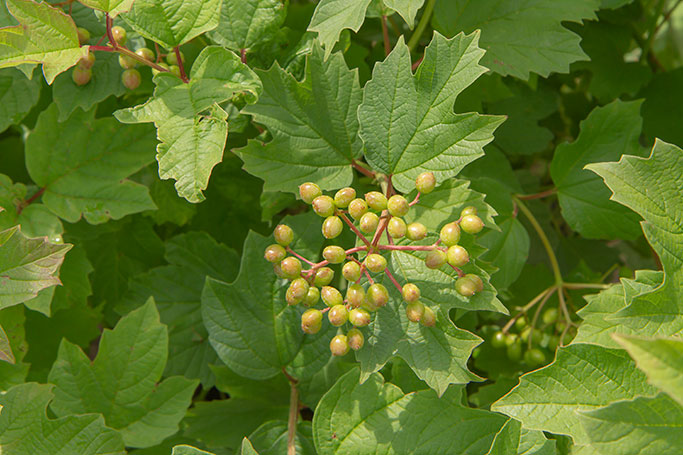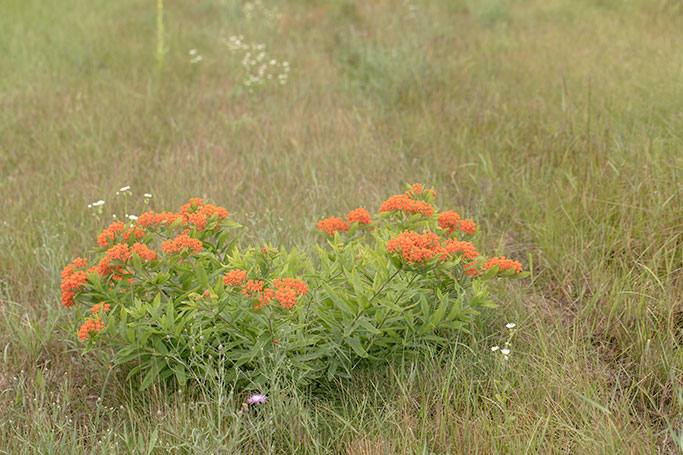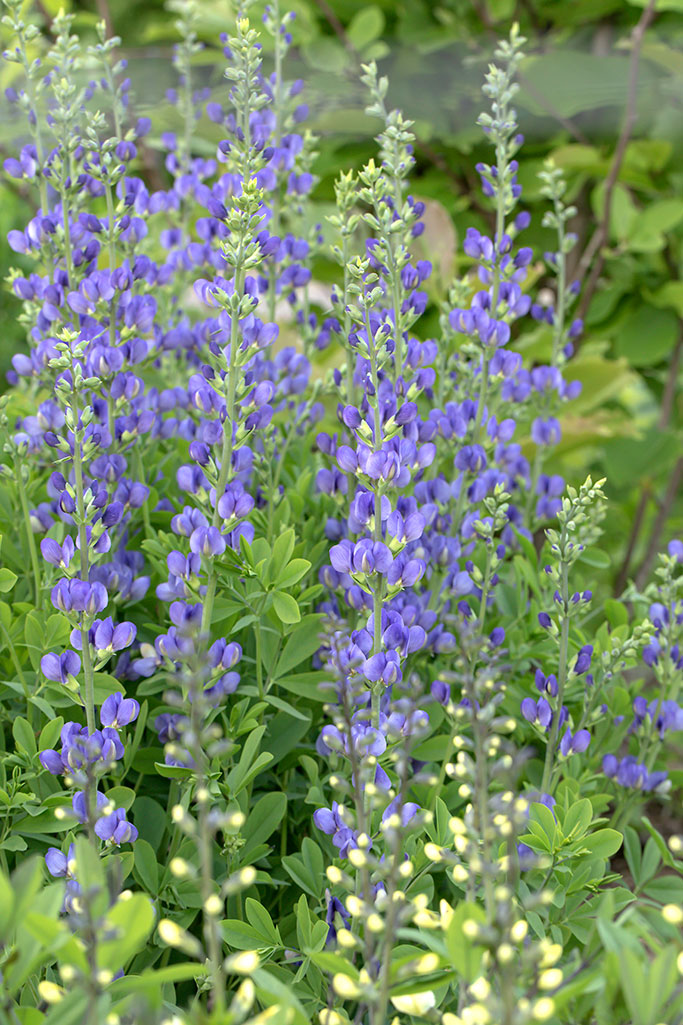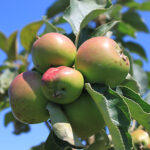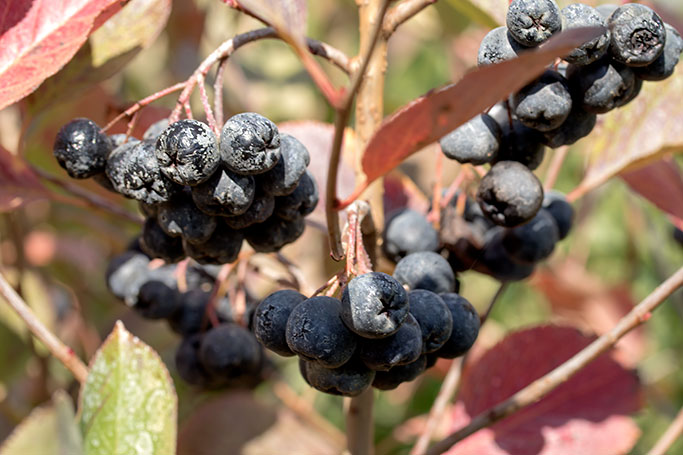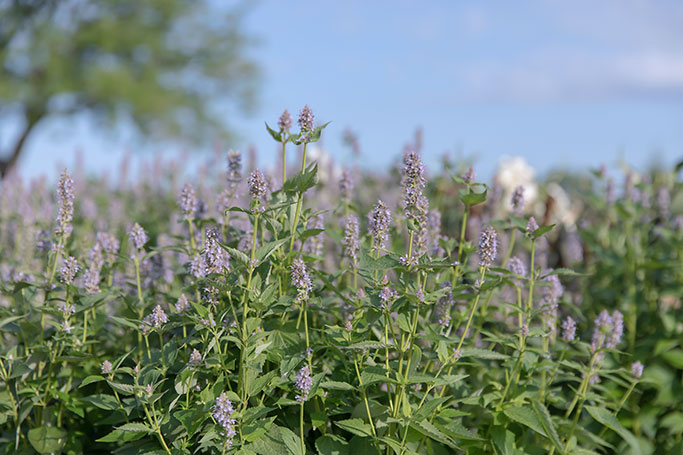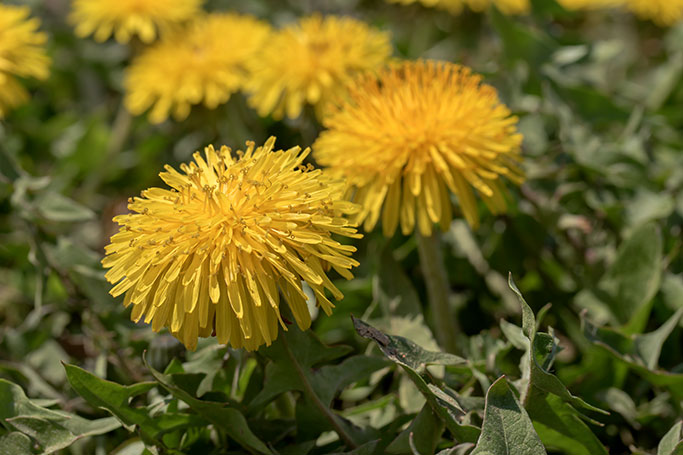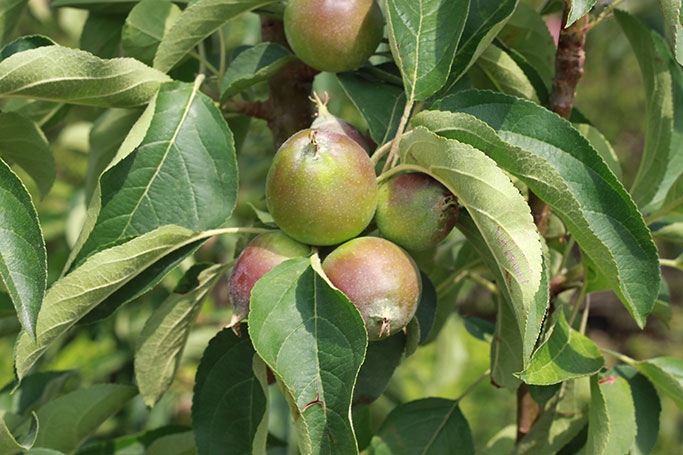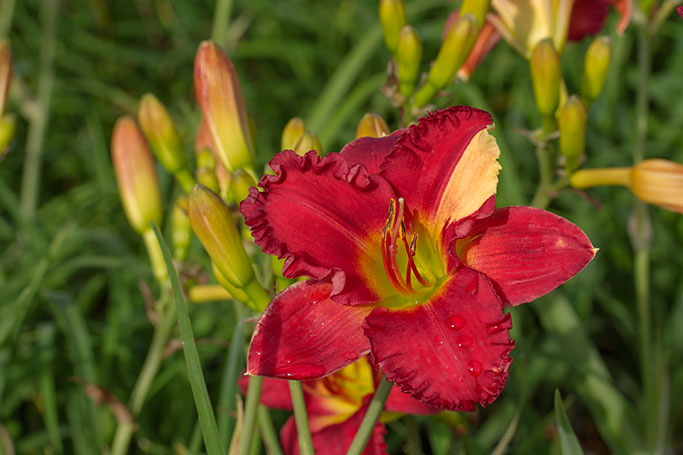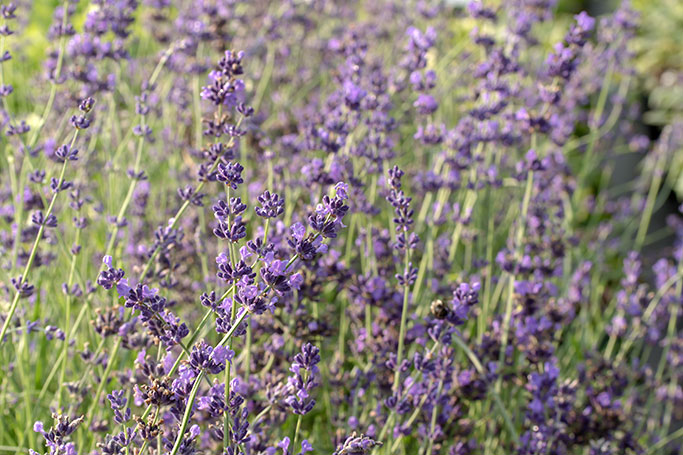...through "Guerrilla Art"
I have a friend who earns his living in an unusual field – he is a graffiti artist, commissioned to place his art on buildings. When we met, he oversaw pest management at the greenhouse we both worked at. Since then, his hobby has become his passion and livelihood. He has travelled the country splashing his art on the walls of Miami, Chicago, Kansas City and more. If you’ve been in Detroit or Toledo, you may have seen his work.

Boys and Girls Club, Detroit, Michigan - Mural © PHYBR
I’ve always thought of landscape color plantings as a form of “Guerrilla Art”, which is a term applied to certain forms of street graffiti. There are a lot of similarities if you think about it. Graffiti and landscaping are out in public space for everyone to see and enjoy (or critique). Also, the color theory needed for public space is the same. Both need to consider sight lines for how the art will be viewed. Both need to adjust for mere moments of attention versus minutes or hours of retrospection in a museum or walking garden. If people are speeding by on a freeway, the audience needs to be able to see large blasts of color to interpret the art. Bigger and bolder is most often better. And planning for surroundings is essential to get the cohesive aesthetic the artist is trying to achieve in the outdoor arena.


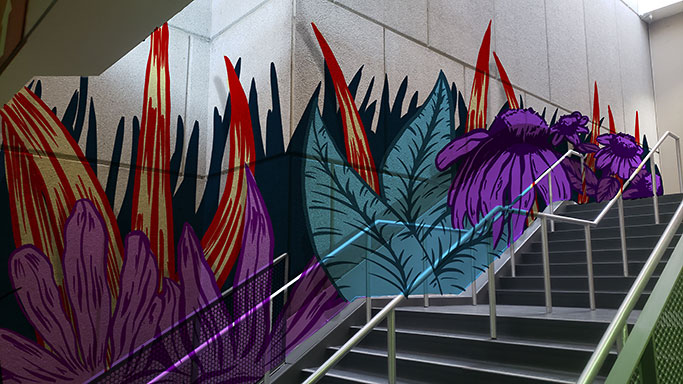




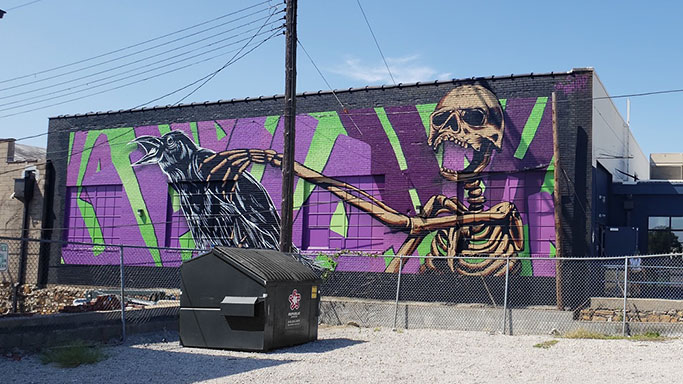




Do you consider yourself an artist? Most landscapers I know would not. However, it’s hard to deny that the masterpieces they create in yards and public spaces are works of art. I would argue that the medium you use is the hardest to work with, since it is living (or must incorporate the living, if you’re creating a hardscape). Further complicating your living artwork is timing. If you work in annuals, this is less of an issue, but perennials, flowering shrubs and flowering trees all need to be installed with their bloom season in mind. Perhaps you should start listing “Artist” on your business cards… or “Guerrilla Artist” if you want to be edgy.

All images © PHYBR
When I met my friend, he was in a phase of his life where he didn’t express to others that he was an artist, but the transition has transformed his work into his passion and he can’t hide his creative prowess any longer. Obviously, we don’t all need to quit our jobs and become graffiti artists to capture or recapture our passion. We can continue to be artists in our current jobs and turn our love of landscape into artwork the public can enjoy.
For some helpful color theory tips to elevate your art, check out Makenna’s article from last year.











